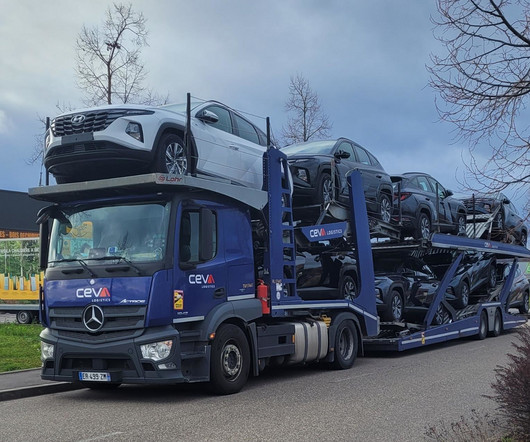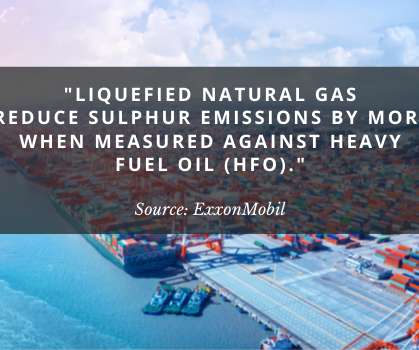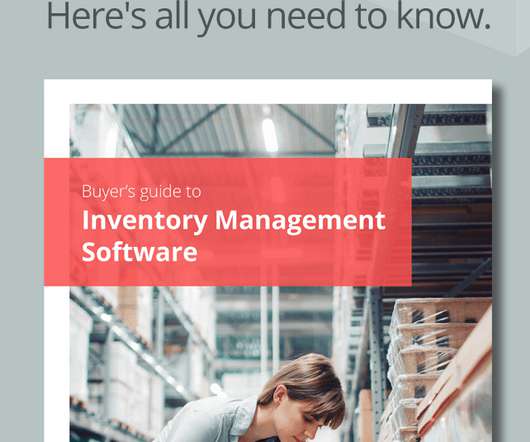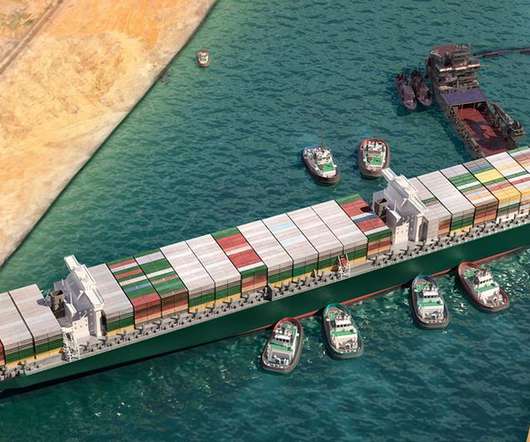Emerging Supply Chain Trends – A Look at Evolving Finished Vehicle Logistics Amid Market Shifts and Trends
The Logistics & Supply Chain Management Society
APRIL 19, 2023
Major Trends: Volatile Production, Capacity Crisis & The Need for EV Automotive manufacturing is experiencing a huge global transformation compared to the past. 2023 Outlook for Vehicle Exports and Global Ocean Freight With COVID-19 regulations relaxing worldwide, both car production and the consumer demand for new vehicles is surging.



















Let's personalize your content